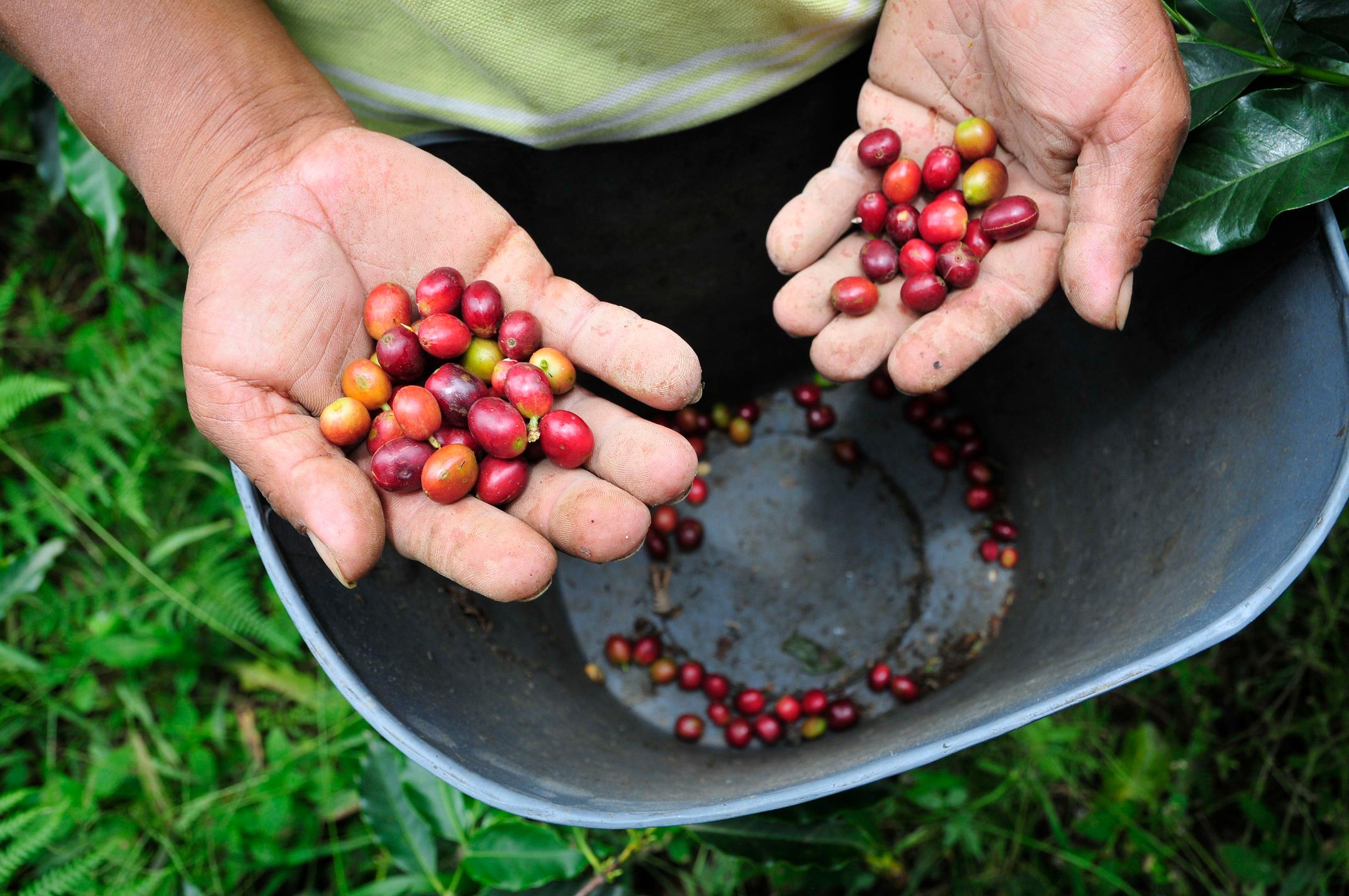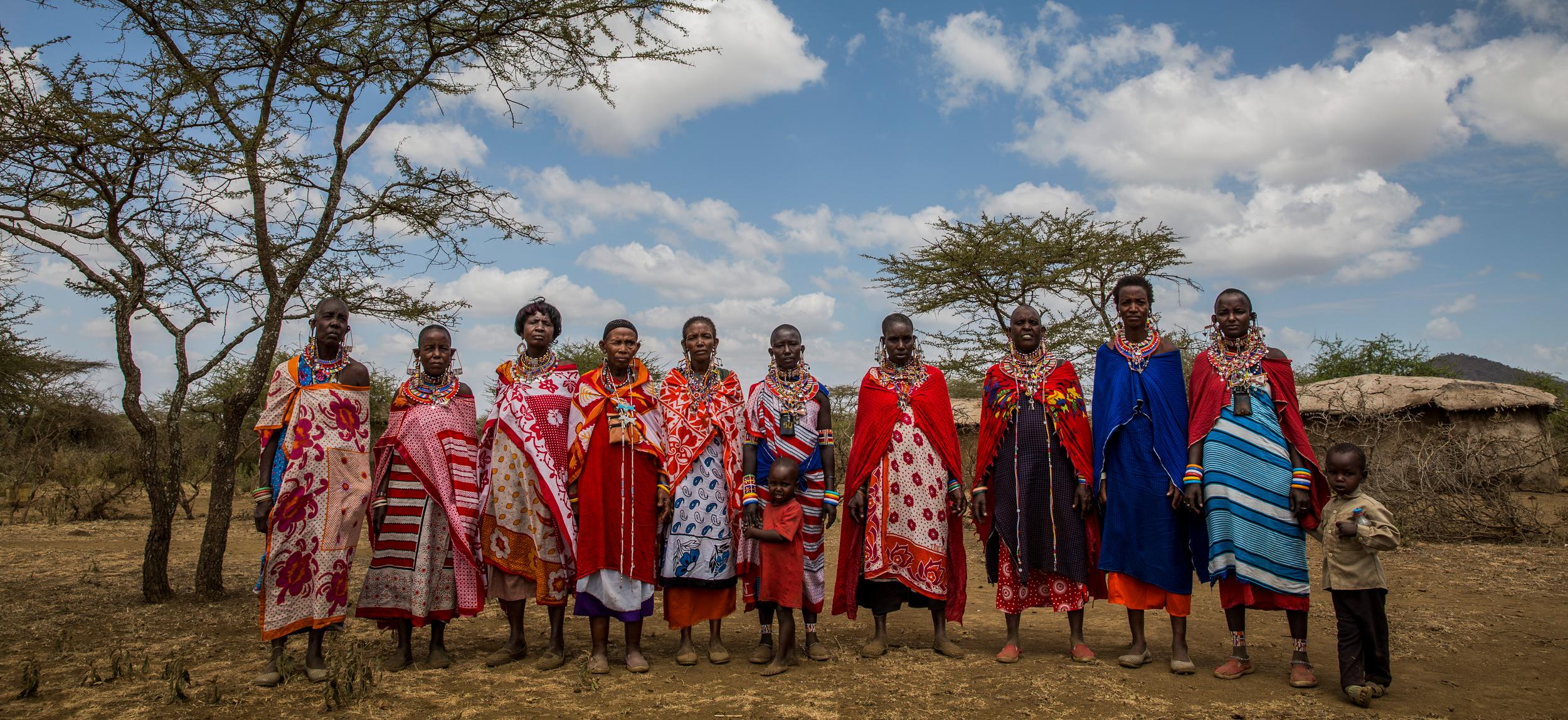
Conservation International works across industries to transform how humanity produces and prospers.
Over four decades, we have partnered with thousands of businesses to unlock new sources of funding for nature; engage consumers in the fight for our future; and promote responsible farming, fishing, and forestry.
Our plan
Climate
We work with nature to remove planet-warming carbon from the atmosphere — and help communities thrive in a changing world.
Oceans
We help create marine protected areas — and reimagine aquatic industries — to secure the ocean’s bounties for future generations.
Biodiversity
We protect and restore priceless ecosystems, while creating jobs and opportunity for all.
Our Role
Conservation International scientists have concluded that humanity must neutralize carbon emissions from the world's "working lands" — farms, pastures, and timberlands — by 2030 to prevent runaway climate change. Meeting this goal will require historic initiative and investment from the private sector, so we're working with hundreds of companies to accelerate the transformation to sustainable production and mobilize new money for nature conservation.
Footprint & Target-Setting
We help companies measure their impact and reliance on nature — and incorporate those findings into their environmental decisions and strategy.
Supply Chains & Sourcing
We help industries transform their supply chains and sourcing, implementing proven practices that can benefit nature, local suppliers, and shareholders.
Investments & Programming
We are strategic advisors, helping investors direct their capital toward the highest-impact efforts to conserve and restore nature.
Resources for Companies
Get in touch

Our Engagements
We support a variety of private-sector partners, including fashion houses and coffee houses, insurers and financial institutions, software companies and professional sports leagues.
4 Ocean, LLC
7-Eleven, Inc.
21st Century Fox
AbbVie Employee Matching Gifts Program
Accenture Employee Matching Gift Program
ADM
Adobe
Agropalma S.A.
AIG Employee Matching Gifts Program
Ajinomoto
Alpargatas S.A.
American Eagle Outfitters Employee Matching Gifts Program
Ameriprise Financial Employee Matching Gifts Program
Amgen Employee Matching Gifts Program
Apple
Apple Employee Matching Gifts Program
Aurelian S.A.
Bank of America Charitable Gift Fund
Bank of America Corporation
Barry Callebaut
Battelle’s Always Giving
Bayer
Bechtel
BHP Group Limited
Blank Rome LLP
BLOOMIST, INC
BNDES
Boies, Schiller & Flexner LLP
The Boston Beer Company
Bridgewater Associates
BTG Pactual S.A.
CARBONES DEL CERREJON LIMITED
CARCAFE LTDA
Citizen Watch
CNA
Columbia Sportswear
Conscious Step
Costa Brazil
Daikin Industries, Ltd.
Development Alternatives, Inc.
Dio Drogisterijen
Disney Worldwide Services, Inc.
DLA Piper
Dunn Development Corp
EA International
Eco.Business Fund S.A.
EcoTrust
EFA Laboratories Co., Ltd.
Elephant Gems Inc.
ELLE
Entercom
Enveritas
E-Square Inc
Freshpet
Fried, Frank, Harris, Shriver & Jacobson
Fundación Coca-Cola
Galapagos Conservation Trust
GANNI
Givaudan SA
Give with Liberty Employee Matching Gifts Program
glassybaby white light fund
Gold Medal International
GOOD & Upworthy
Google
Google Employee Matching
Gifts Program
Gran Tierra Energy
Grupo Prodeco
G-Star Inc.
Gum Air N.V.
Hanns R. Neumann Stiftung
Harney & Sons Tea Corp.
HIVOS
Home Box Office Inc. Employee Matching Gifts Program
HP, Inc.
IBM Employee Matching Gifts Program
Illycaffe
ImpactAssets, Inc.
Integrated Leadership Systems
International Monetary Fund Employee Matching Gifts Program
Jack Mason
Johnson & Johnson Employee Matching Gifts Program
Jord International Pty Ltd
Keppel Land
Kering
KOSMOS Energy
La Banda Films
The Life is Good Company
LinkedIn Employee Matching Gifts Program
L'Oreal Biolage
L'Oreal Paris
Loro Plana
Lottovate
M+R
McDonald’s Corporation
Microsoft
Microsoft Employee Matching Gifts Program
Mitsubishi Corporation
Mitsui & Co
Mix Telematics
Mondelez International
MoreTrees Inc.
NaturePlus
Network for Good
Nike
Nike Employee Matching Gifts Program
Nissan Motor Corporation
Northrop Grumman Corporation
NV Grassalco
Omaze
Pacific Gas & Electric Employee Matching Gifts Program
Parsons Kellogg
Passion Planet Ltd
PepsiCo, Inc.
Primestor Development
Procter & Gamble
Professional Private Security NV
Red Stone Farm, LLC
Refinery 29
S. & D. Coffee Inc.
Salesforce Employee Matching Gifts Program
Sateri
SC Johnson
Shearman & Sterling
Sheppard Mullin Richter & Hampton LLP
Shinryo Corporation
SIME DARBY
Sociedad Minera De Santander S.A.S.\MINESA
Solidaridad
Sony Corporation
Sony Pictures Entertainment
Splunk, Inc.
Standard Industries
Starbucks Coffee Company
Staurt & Lau
Stena Holding (Cyprus) Ltd
Stonehall Farm
Tab for a Cause
Thermo Fisher Scientific Employee Matching Gifts Program
TikTok
The Tiffany & Co. Foundation
Torarica Group of Hotels
Toyota Motor Corporation
Unilever
Unisea Shipping Ltd
Uxua Casa Hotel & Spa
Verified Carbon Standard Association
Walmart Inc.
The Walt Disney Company
The Walt Disney Company Foundation
Warner Bros. Entertainment Group
Wells Fargo Employee Matching Gifts Program
White & Case LLP
Willis Towers Watson
Alex Woo, Inc.
Yachak LLC